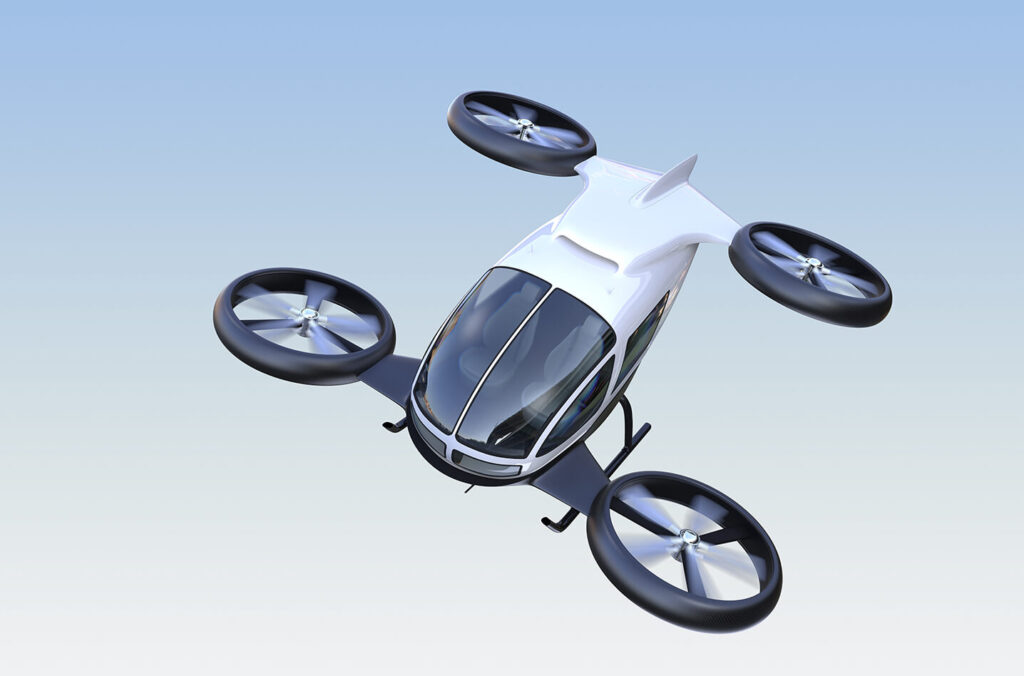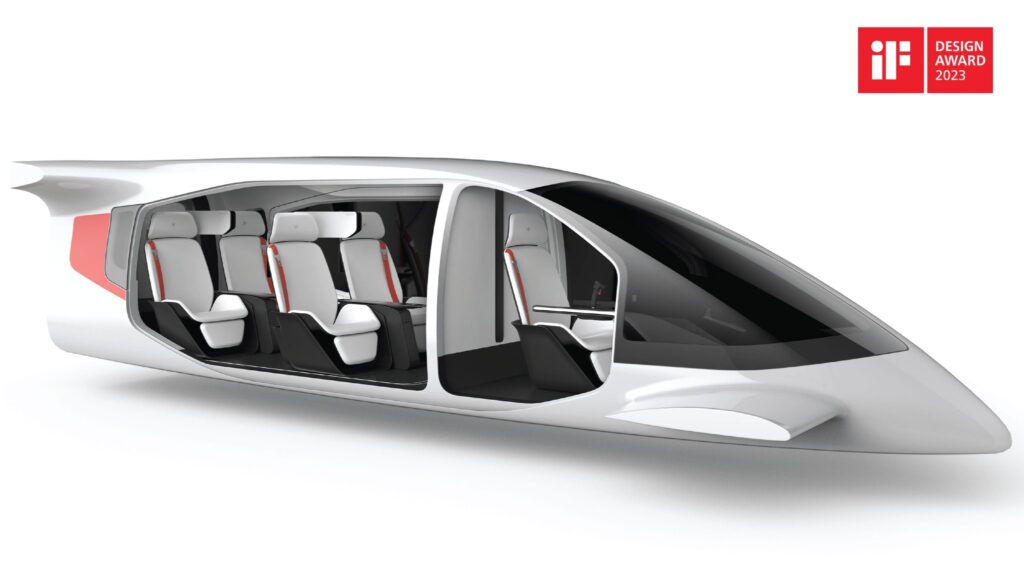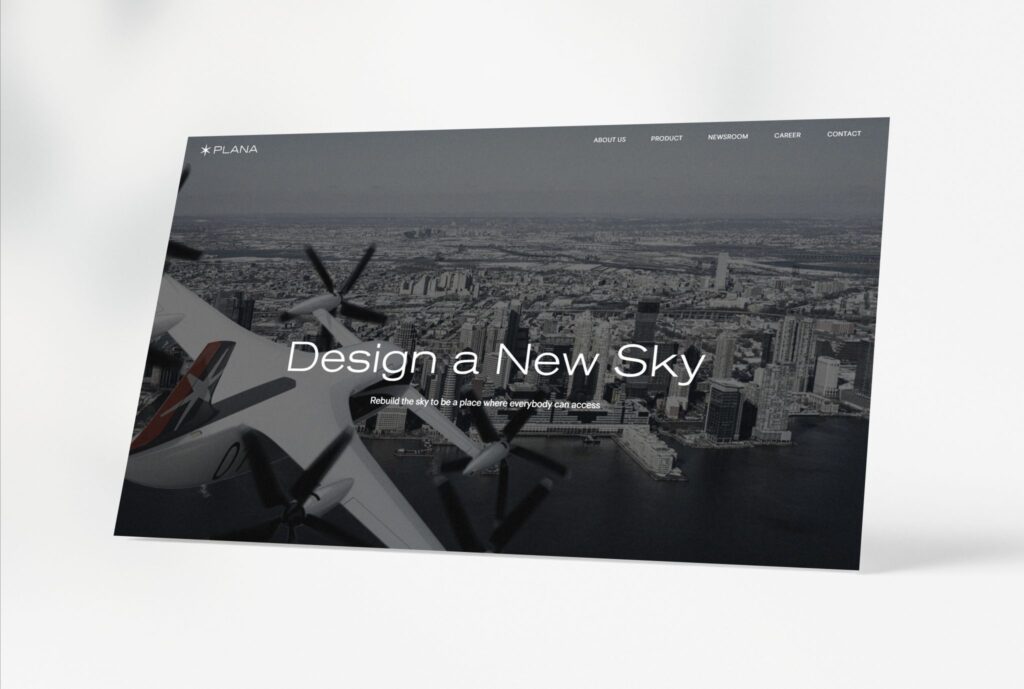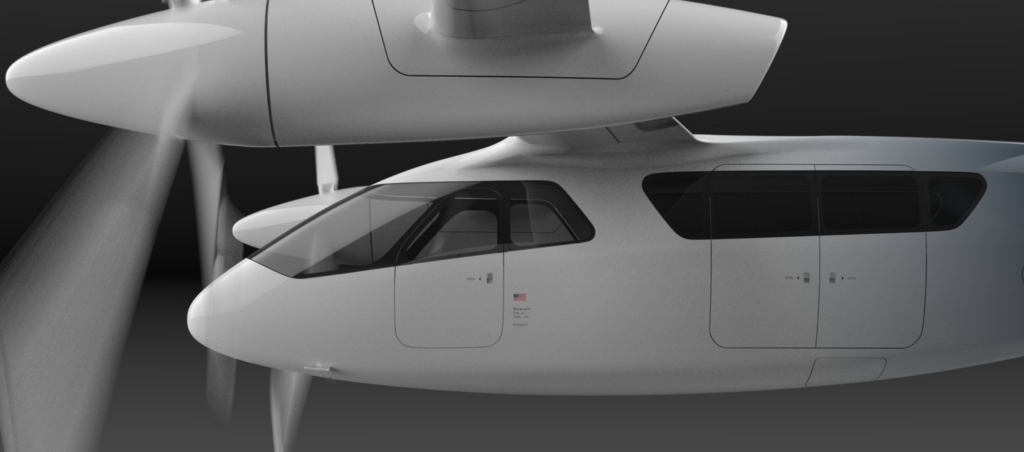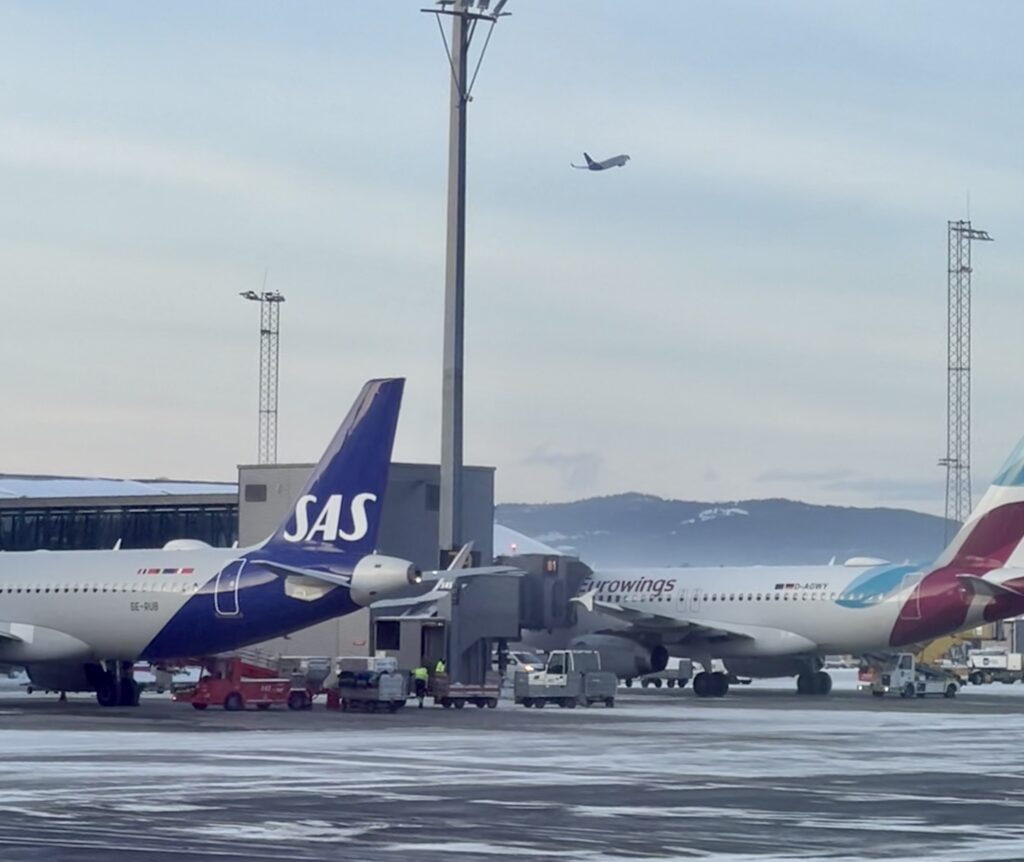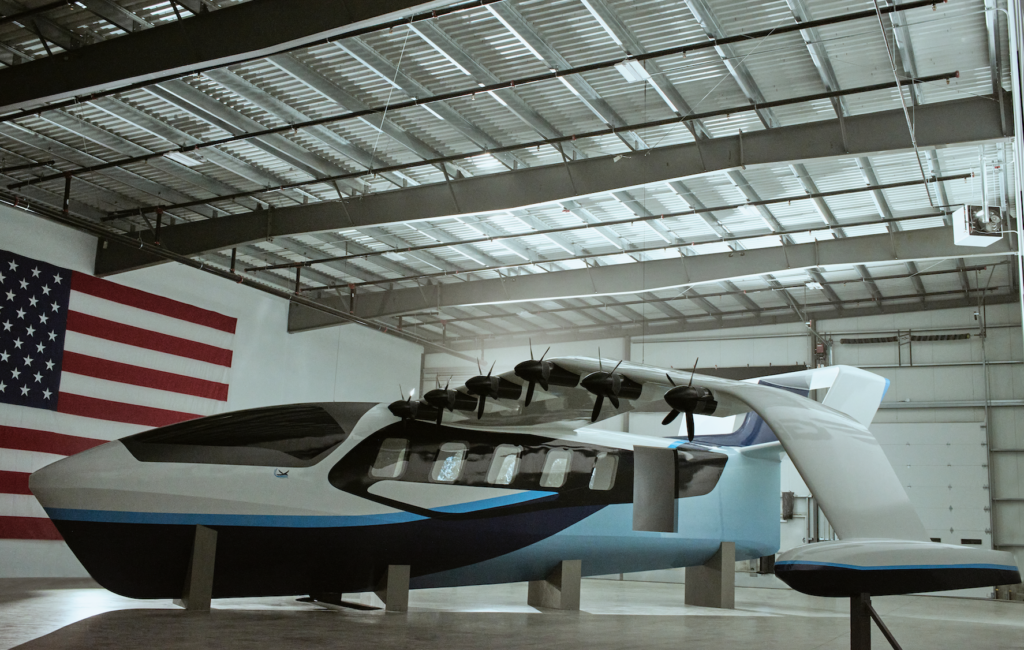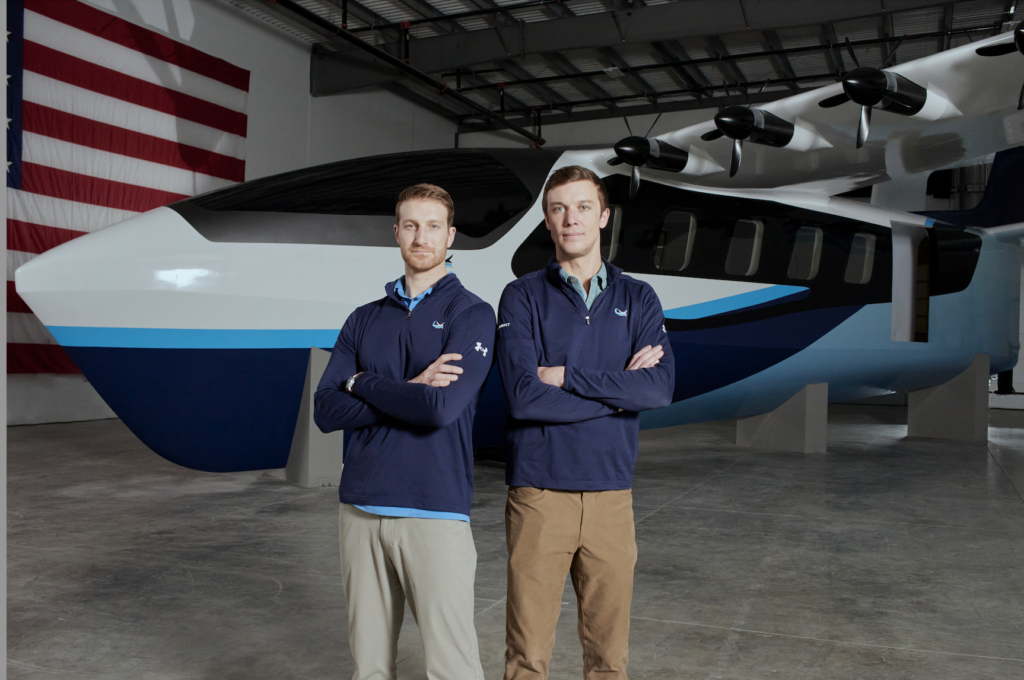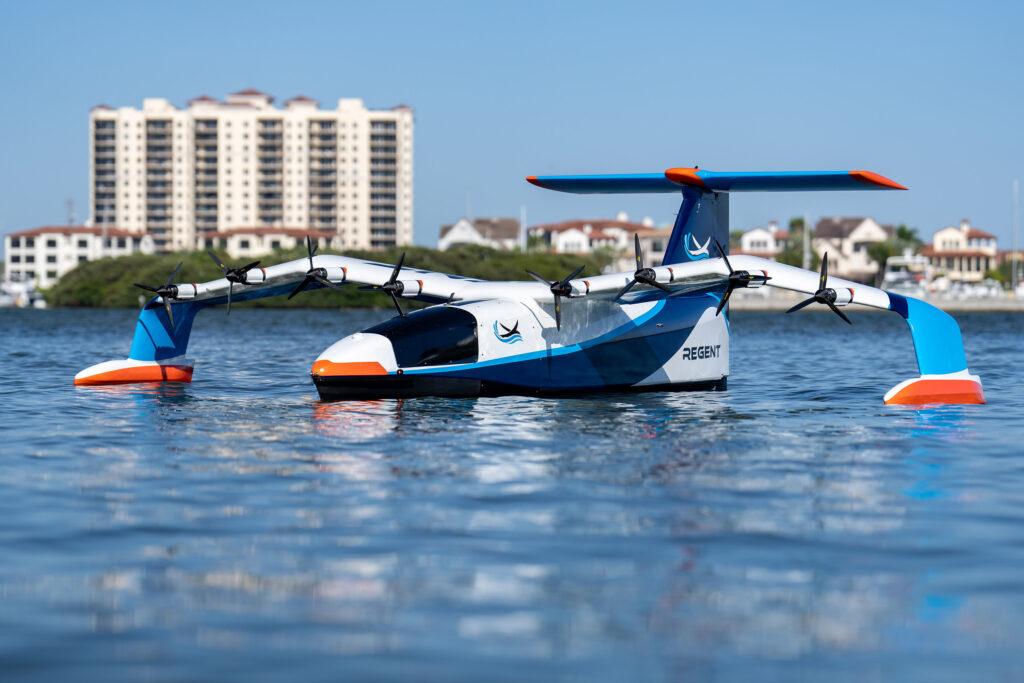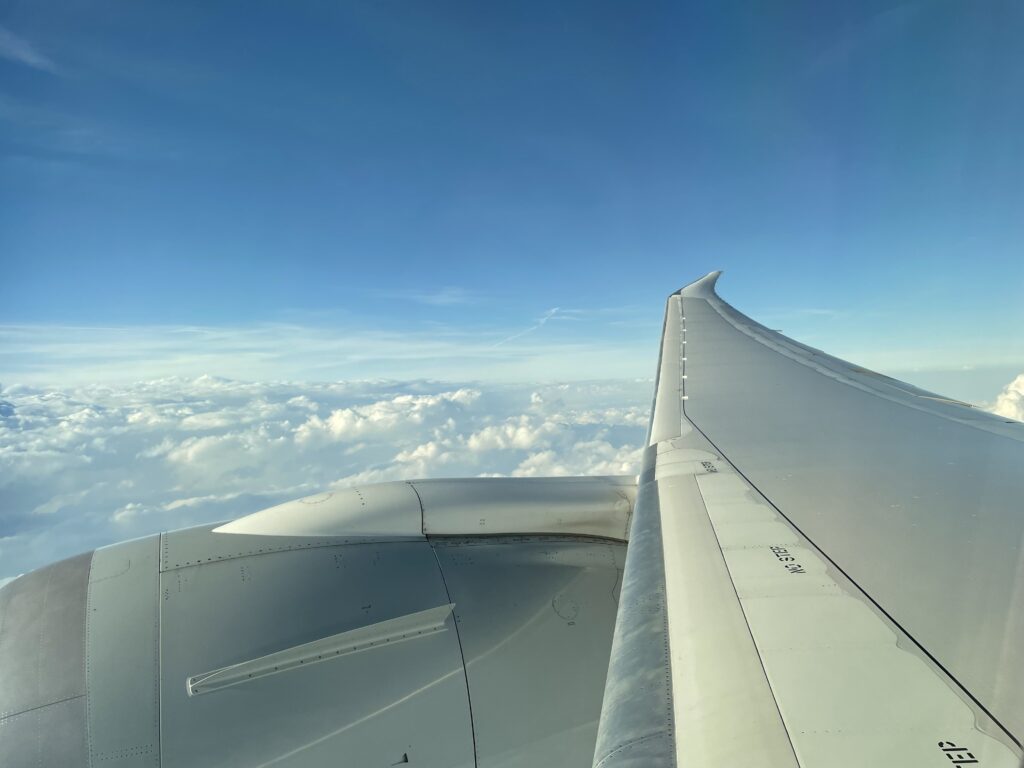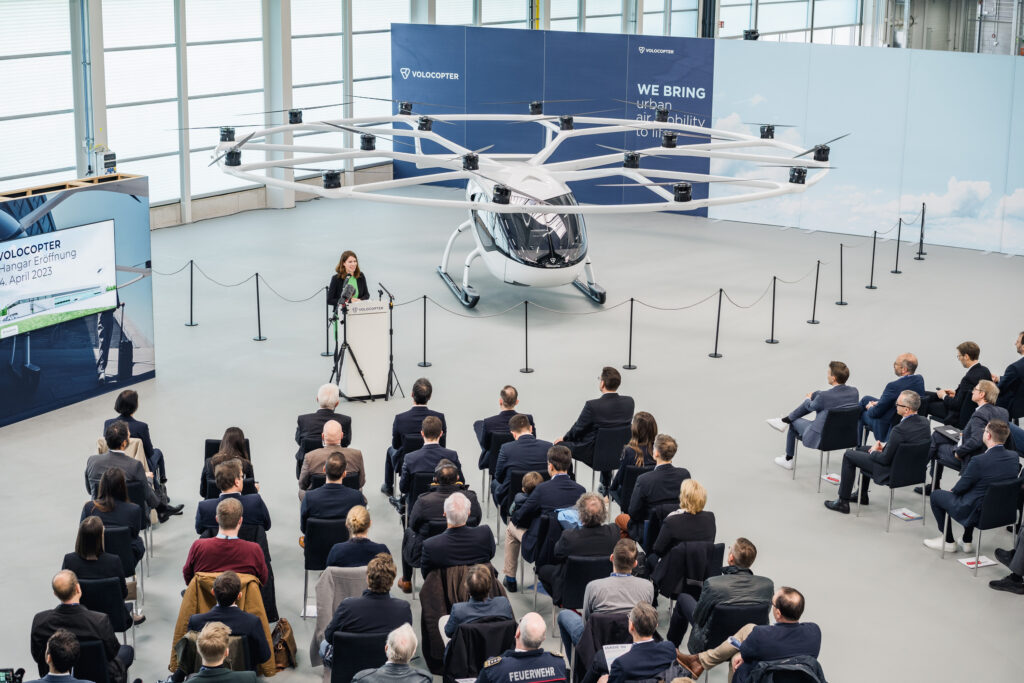Turkish Airlines Adds Free In-Flight Messaging
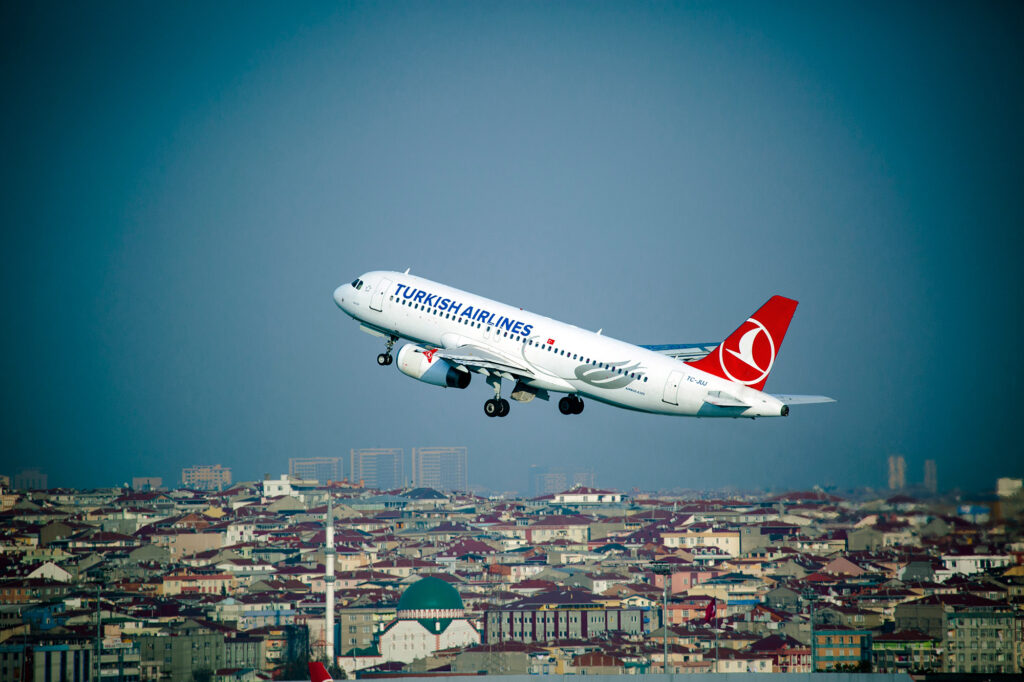

Turkish Airlines will offer free messaging services to passengers on international flights, according to a recent announcement. (Photo: Turkish Airlines)
Turkish Airlines is the most recent airline to begin offering free in-flight messaging for passengers on board many of its flights. With this decision, Turkish follows some of the world’s largest airlines, including Air France, Alaska, Southwest and Delta Air Lines, which already offer this service to all passengers.
Flying for over 90 years, Turkish Airlines is one of the world’s largest airlines based on destinations served. The carrier serves 120 countries from its hub at Istanbul Airport, and its fleet of 412 aircraft operate routes across the world. Given the long-haul focus of Turkish, the carrier has worked to develop a positive on-board experience to sustain passengers on its many long-haul flights. Its new offer of free in-flight messaging aims to further enhance its on-board experience.
Passengers flying on an international flight on Turkish Airlines will be able to send and receive messages for free. This can be done through various communication platforms including WhatsApp, iMessage, Messenger, along with other popular channels. This offering does not extend to all passengers—in order to use the service, customers must be members of Turkish’s loyalty program Miles&Smiles. Despite this restriction, passengers can enroll for the program inflight, and they can immediately connect to free messaging upon registration.

“By combining our innovative approach with customer satisfaction, we are ensuring our passengers will be able to freely message their loved ones above the clouds, staying in contact with them without any limits.” (Photo: Turkish Airlines)
This change will help Turkish further assert its brand centered on passenger comfort and connectivity. As CEO Bilal Eksi explained, Turkish is “adding another innovative development to the countless improvements we made for Türkiye’s aviation sector as the national flag carrier. By combining our innovative approach with customer satisfaction, we are ensuring our passengers will be able to freely message their loved ones above the clouds, staying in contact with them without any limits.”
While all Miles&Smiles members will be eligible for free messaging, the carrier still offers a variety of packages to enhance the in-flight passenger experience. Business class passengers who are also Miles&Smiles Elite members or Elite Plus members can receive unlimited Wi-Fi for free. Meanwhile, any other business class passengers are given 1GB of free Wi-Fi. Non-business class passengers with elite status with the carrier will receive 400 MB of Wi-Fi for free along with free messaging.
Despite this new offering for Miles&Smiles members, there are certain limitations. Depending on the location of the aircraft, connection may be lost at certain points during the flight. Additionally, bandwidth is limited, so it could take a while to send and receive messages. Regardless, Turkish believes this new addition will allow passengers to remain better connected while traveling.
Despite a few variables that could lead to disruptions, Turkish’s new in-flight messaging aims to allow passengers to remain better connected when flying with the carrier. This addition will help the carrier reaffirm itself as one of the world’s leading airlines.
The post Turkish Airlines Adds Free In-Flight Messaging appeared first on Avionics International.
—————
Boost Internet Speed–
Free Business Hosting–
Free Email Account–
Dropcatch–
Free Secure Email–
Secure Email–
Cheap VOIP Calls–
Free Hosting–
Boost Inflight Wifi–
Premium Domains–
Free Domains







